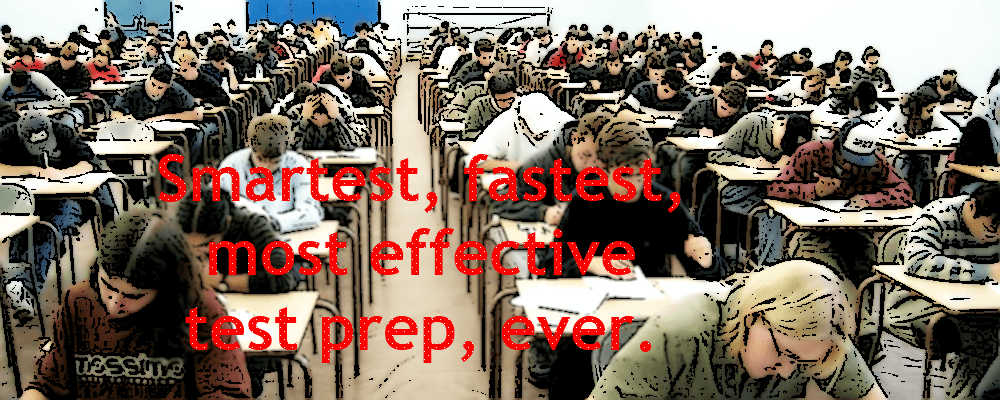USAAAO First Round Exam Details
USAAAO First Round (USA Astronomy and Astrophysics Olympiad First Round)
Students in grades 9-12
34 questions, multiple choice, 75 minutes
USAAAO National Round Exam Details
USAAAO National Round (USA Astronomy and Astrophysics Olympiad National Round)
Students in grades 9-12
10 questions, show work questions, 3 hours
Sample Materials
Astronomy and Astrophysics Olympiad Sample Questions >
Astronomy and Astrophysics Olympiad Sample Notes >
Astronomy and Astrophysics Olympiad Constants and Data >

Astronomy and Astrophysics Olympiad Exam Syllabus
THEORY
1. BASIC ASTROPHYSICS
Celestial Mechanics
Newton’s Laws of Gravitation, Kepler’s Laws for circular and non-circular orbits, Roche limit, barycentre, 2-body problem, Lagrange points
Electromagnetic Theory and Quantum Physics
Electromagnetic spectrum, Radiation laws, Blackbody radiation
Thermodynamics
Thermodynamic equilibrium, Ideal gas, Energy transfer
Spectroscopy and Atomic Physics
Absorption, Emission, Scattering, Spectra of celestial objects, Doppler effect, Line formations, Continuum spectra, Splitting and broadening of spectral lines, Polarisation
Nuclear Physics
Basic concepts including structure of atom, Mass defect and binding energy Radioactivity, Neutrinos (Q)*
2. COORDINATES AND TIMES
Celestial Sphere
Spherical trigonometry, Celestial coordinates and their applications, Equinox and Solstice, Circumpolar stars, Constellations and Zodiac
Concept of Time
Solar time, Sidereal time, Julian date, Heliocentric Julian date, Time zone, Universal Time, Local Mean Time, Different definitions of year, Equation of time
3. SOLAR SYSTEM
The Sun
Solar structure, Solar surface activities, Solar rotation, Solar radiation and Solar constant, Solar neutrinos (Q), Sun-Earth relations, Role of magnetic fields (Q), Solar wind and radiation pressure, Heliosphere (Q), Magnetosphere (Q)
The Solar System
Earth-Moon System, precession, nutation, libration, Formation and evolution of the Solar System (Q), Structure and components of the Solar System (Q), Structure and orbits of the Solar System objects, Sidereal and Synodic periods, Retrograde motion, Outer reaches of the solar system (Q)
Space Exploration
Satellite trajectories and transfers, Human exploration of the Solar System (Q), planetary missions (Q), Sling-shot effect of gravity, Space-based instruments (Q)
Phenomena
Tides, Seasons, Eclipses, Aurorae (Q), Meteor showers
4. STARS
Stellar Properties
Methods of distance determination, Radiation, Luminosity and magnitude, Color indices and temperature, Determination of radii and masses, Stellar motion, Irregular and regular stellar variabilities – broad classification and properties, Cepheids and period-luminosity relation, Physics of pulsation (Q)
Stellar Interior and Atmospheres
Stellar equilibrium, Stellar nucleosynthesis, Energy transportation (Q), Boundary conditions, Stellaratmospheres and Atmospheric spectra
Stellar Evolution
Stellar formation, Hertzsprung-Russell diagram, Pre-main Sequence, Main Sequence, Post-Main Sequence stars, Supernovae, Planetary nebulae, End states of stars
5. STELLAR SYSTEMS
Binary Star Systems
Different types of binary stars, Mass determination in binary star systems, Light and radial velocity curves of eclipsing binary systems, Doppler shifts in binary systems, interacting binaries and peculiar binary systems
Exoplanets
Techniques used to detect exoplanets
Star Clusters
Classification and structure, Mass, age, luminosity and distance determination
Milky Way Galaxy
Structure and composition, Rotation, Satellites of Milky Way (Q)
Interstellar Medium
Gas (Q), dust (Q), HII regions, 21cm radiation, Nebulae (Q), Interstellar absorption, Dispersion measure, Faraday rotation
Galaxies
Classifications based on structure, composition and activity, Mass, luminosity and distance determination, Rotation curves
Accretion Processes
Basic concepts (spherical and disc accretion) (Q), Eddington luminosity
6. COSMOLOGY
Elementary Cosmology
Expanding universe and Hubble’s law, Cluster of galaxies, Dark matter, Dark energy (Q), Gravitational lensing, Cosmic microwave background radiation, Big bang (Q), Alternative models of the universe (Q), Large scale structure (Q), Distance measurement at cosmological scale, Cosmological redshift
7. INSTRUMENTATION AND SPACE TECHNOLOGIES
Multi-wavelength Astronomy
Observations in radio, microwave, infrared, visible, ultraviolet, X-ray, and gamma-ray wavelength bands, Earth’s atmospheric effects
Instrumentation
Telescopes and detectors (e.g. charge coupled devices, photometers, spectrographs), Magnification, Focal length, Focal ratio, Resolving and light gathering powers of telescopes, Geometric model of two element interferometer, Aperture synthesis, Adaptive optics, Photometry, Astrometry
PRACTICALS
1. OBSERVATIONS
Naked-eye observations, usage of sky maps and catalogues, application of coordinate systems in the sky, magnitude estimation, estimation of angular separation, usage of basic astronomical instruments–telescopes and various detectors for observations but enough instructions will be provided. Observational objects may be from real sources in the sky or imitated sources in the laboratory. Computer simulations may be used in the problems but sufficient instructions must be provided to the contestants.
2. DATA ANALYSIS
Calculation and analysis of the astronomical data provided in the problems. Proper identification of error sources, calculation of errors, and estimation of their influence on the final results. Proper use of graph papers with different scales, e.g., polar and logarithmic papers. Transformation of the data to get a linear plot and finding “Best Fit” line approximately. Basic statistical analysis of the observational data. Knowledge of the most common experimental techniques for measuring physical quantities.
* (Q) means qualitative understanding is sufficient for this topic.
Want to Enroll in Astronomy and Astrophysics Olympiad Prep?
Enroll >

